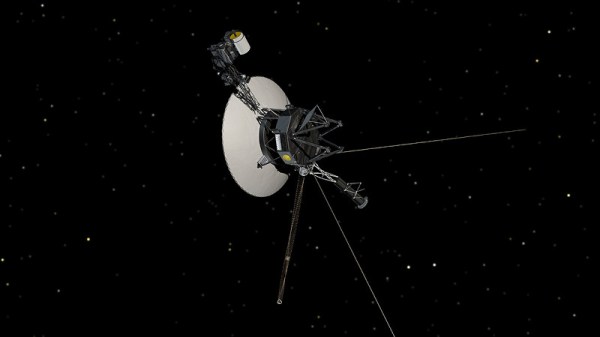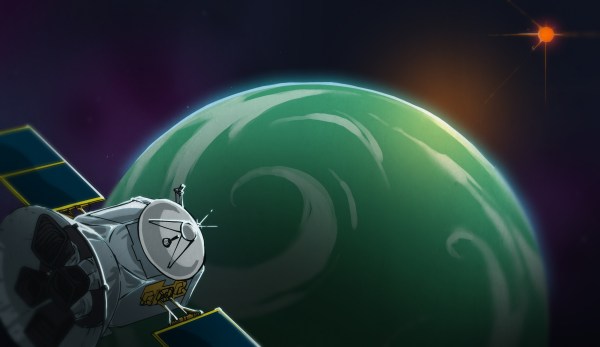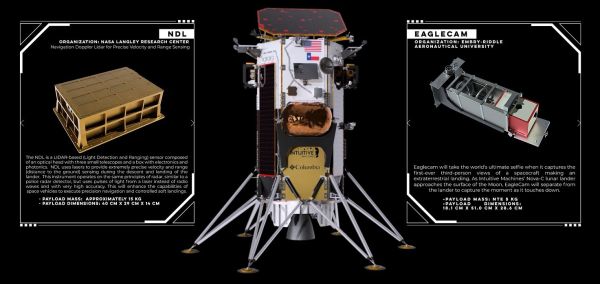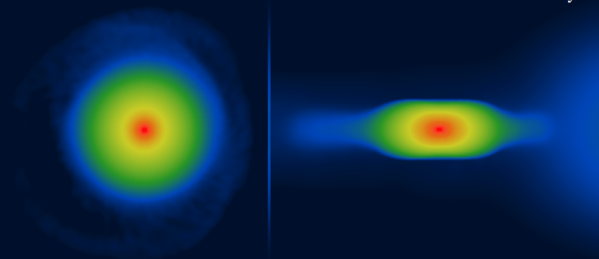The Chandra X-ray Observatory started its mission back in 1999 when Space Shuttle Columbia released it from its payload bay. Originally, it was supposed to serve only a five-year mission, but it has managed twenty-four years so far and counting, providing invaluable science along with the other Great Observatory: the Hubble Space Telescope. Unfortunately, NASA’s FY2025 budget now looks to threaten all space telescopes and Chandra in particular. This comes as part of the larger FY2025 US budget, which sees total funding for NASA increase by 2%, but not enough to prevent cuts in NASA’s space telescope operations.
NASA already anticipated this cut in 2023, with funding shifting to the Nancy Grace Roman Space Telescope (infrared spectrum, scheduled for 2027). Since Hubble is a joint operation with ESA, any shortfalls might be caught this way, but Chandra’s budget will go from 68.3M USD in FY2023 to 41.4M USD in FY2025 and from there plummeting to 5.2M USD by FY2029, effectively winding down the project and ending NASA’s flagship X-ray astronomy mission. This doesn’t sit well with everyone, with a website called Save Chandra now launched to petition the US government to save the observatory, noting that it still has a decade of fuel for its thrusters remaining and it also has stable mission costs.
Continue reading “The Chandra X-Ray Observatory Faces Shutdown In FY2025 Budget”


















